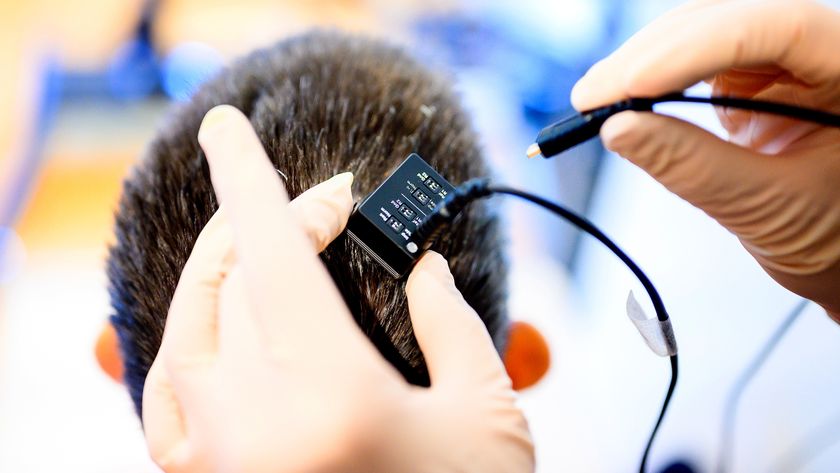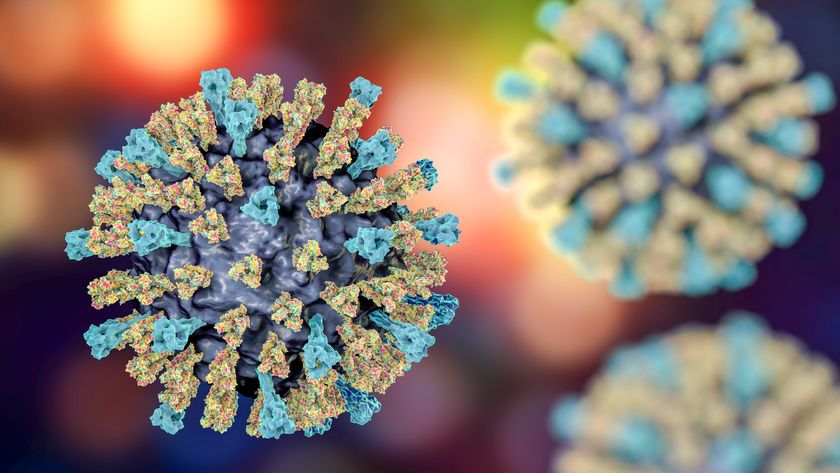Teens with Eating Disorders Self-Injure, Doctors Miss Signs
Adolescents with eating disorders are at higher risk for intentionally injuring themselves than other teens, yet clinicians may be failing to diagnose these cases of self-injury, according to a new study.
The results show about 41 percent of adolescents with eating disorders engaged in self-injury, including cutting and burning themselves, but less than half of healthcare providers asked these patients if they had hurt themselves. This means the true percentage may be even higher. The rate of self-injury among the adolescent population in general is between 17 and 28 percent, according to earlier research.
Wounds from self-injury pose a risk of infection, and some evidence has suggested the behavior is associated with an increased risk of suicide.
The researchers said clinicians should ask all patients with eating disorders about their history of hurting themselves, not just patients who match a particular profile of someone who seems likely to self-injure.
"We should really consider more universal screening of patients with eating disorder behaviors to look for self-injury, so that over time, we can truly start to understand what an accurate profile of someone who is at risk for self injury in that population might be," said study researcher Dr. Rebecka Peebles, who conducted the work at Stanford University and is now an assistant professor at the Children's Hospital of Philadelphia.
Learning more about adolescents with eating disorders who hurt themselves may also help researchers develop appropriate treatments for self-injury, she said.
Peebles and her colleagues examined records of 1,432 patients, ages 10 to 21, who entered the eating disorders program at Lucile Packard Children's Hospital at Stanford between January 1997 and April 2008. The average age of the patients was 15, and about 90 percent were female.
Sign up for the Live Science daily newsletter now
Get the world’s most fascinating discoveries delivered straight to your inbox.
Of patients who were asked by their doctor about self injury, 40.8 percent said they had hurt themselves.
However, only 43 percent of the charts filled out by doctors and reviewed by the researchers stated whether the adolescent had been screened for self-injury. This could mean that the health care provider didn't screen the adolescent, or it could mean that the adolescent was screened, but the information was not recorded, the researchers said.
Those who self-injured were more likely to be female, suffer from bulimia nervosa rather than other eating disorders, and have a history of substance abuse. The most common type of injurious behavior was cutting.
The profile of these self-injurious teens matches the profile of adults who have been found to be at risk for self-injury. However, it still may not provide an accurate picture of this type of behavior in adolescents with eating disorders, because many cases may have gone undiagnosed, the researchers said. It could be that clinicians are only screening the individuals they believe are at risk, who fit into preconceived profile.
The researchers can only speculate why adolescents with eating disorders may be more prone to self-injury than other teens. They might use self-injury as a way to regulate their moods, Peebles said. Many teens who engage in self-injury say it brings a sense of calm and relief.
The study is published online today (Oct. 8) in the Journal of Adolescent Health.
- Why Do Teens Hurt Themselves? The Science of Self-Injury
- Bulimia Nervosa: Symptoms and Treatment
- Teens with Anorexia Recover Better with Help from Parents
This article was provided by MyHealthNewsDaily, a sister site to LiveScience.

Rachael is a Live Science contributor, and was a former channel editor and senior writer for Live Science between 2010 and 2022. She has a master's degree in journalism from New York University's Science, Health and Environmental Reporting Program. She also holds a B.S. in molecular biology and an M.S. in biology from the University of California, San Diego. Her work has appeared in Scienceline, The Washington Post and Scientific American.











